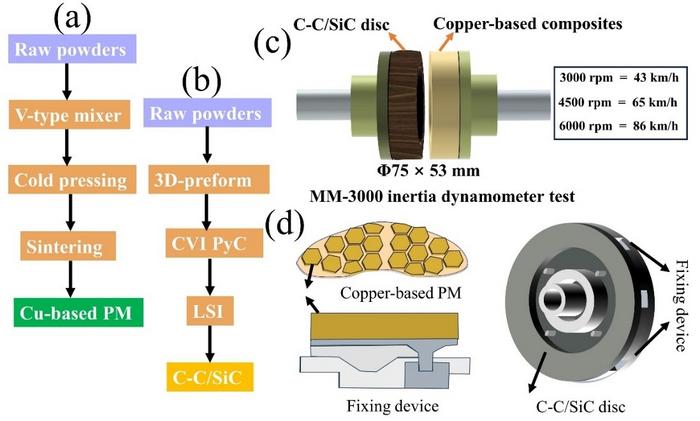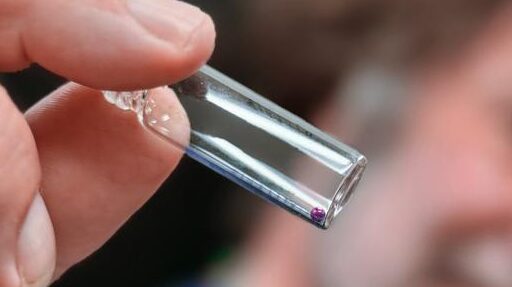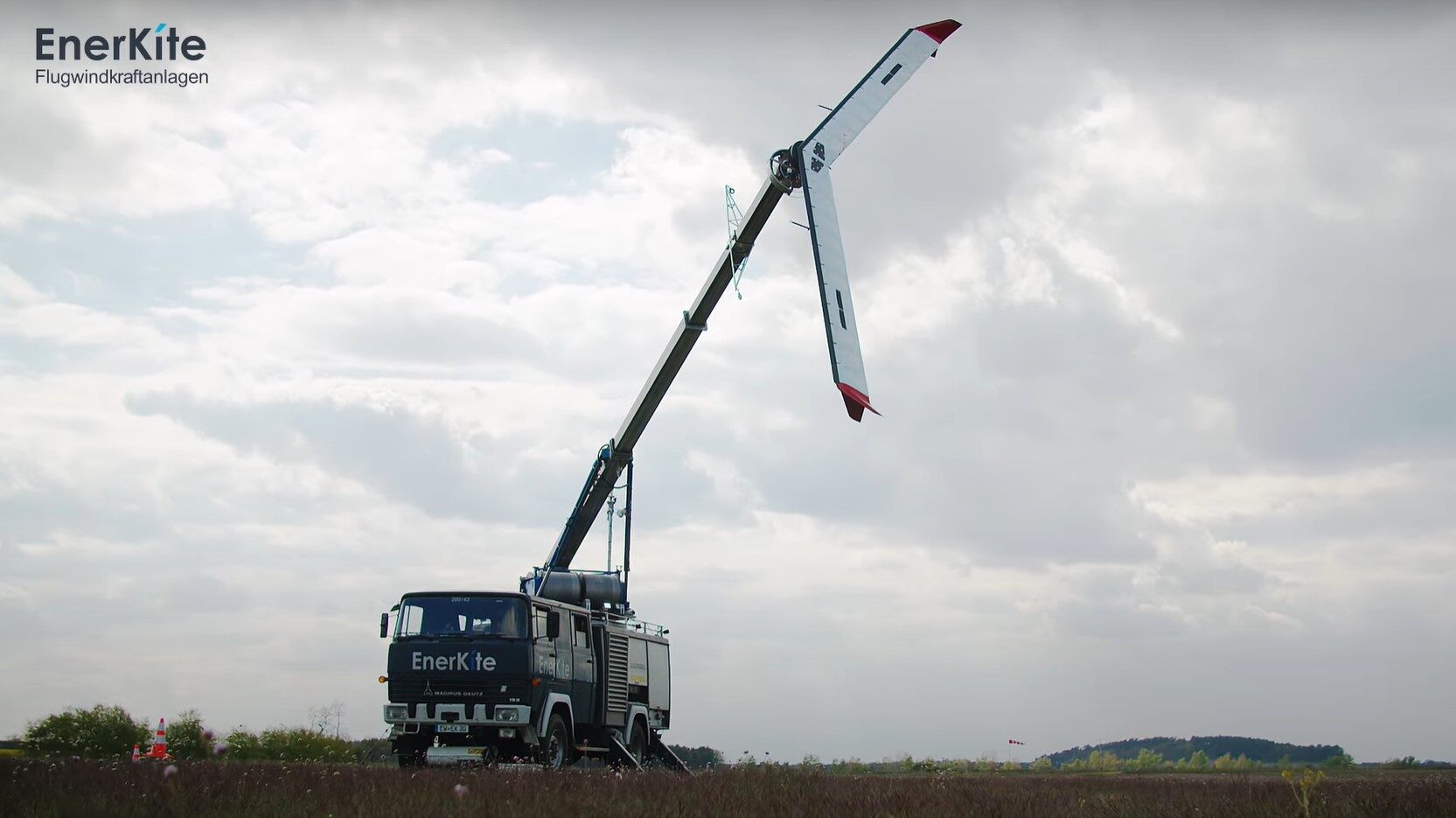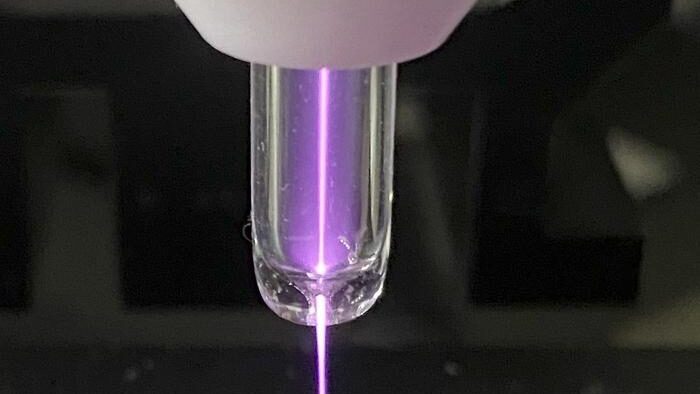From KeAi Communications Co., Ltd. 27/05/24

The traditional powder metallurgy compaction and sintering method was employed to produce sepiolite-reinforced copper-based brake pads, while carbon-ceramic composite brake discs were prepared using chemical vapor infiltration and melt infiltration techniques.
The manufactured brake pads not only met the mechanical strength requirements for high-speed train brake pads but also exhibited minimal wear and stable frictional braking performance at high temperatures.
Notably, the addition of 8% sepiolite in copper-based brake pads enhanced their braking effectiveness.
This composition was further tested on a test bench, demonstrating safe and stable braking at 380 km/h during emergency braking, with optimal braking performance observed at 200 km/h.
Sepiolite’s high-temperature lubricity is primarily evident in the alteration of the traditional saddle-shaped friction curve and the formation of a friction film.

The tail-up phenomenon in the saddle-shaped curve occurs due to the accumulation of frictional heat and decreased sliding velocity, leading to increased adhesive wear and a rapid rise in the friction coefficient.
Sepiolite, however, exhibits characteristics wherein at high temperatures, internal water molecules or hydroxide ions are released, weakening the bonds between its layered structures.
This accelerates the formation of a surface lubricating film, providing high-temperature lubrication.
Consequently, when sepiolite is added in a certain amount, the tail-up phenomenon in the saddle-shaped curve disappears under the high-temperature lubrication effect.
In contrast, sepiolite’s excellent wear resistance is demonstrated by significant increases in the friction coefficient of copper-based brake pads with varying sepiolite content, along with changes in the wear mechanism.
With increments from 2% to 8%, the friction coefficient rose by 29%, 21%, and 30% respectively, while the wear mechanism transitioned gradually from abrasive wear to oxidation wear and adhesive wear.

By observing the morphology of wear surfaces and wear debris, conducting component analysis, and characterizing element distribution in copper-based brake pads, a study by researchers at Central South University in Changsha, China, investigates the microstructural evolution during braking and the formation process of the friction layer.
Boron carbide undergoes oxidation to form a boron oxide film under high-temperature conditions; sepiolite undergoes thermal decomposition, shedding bound water to form part of the friction film; silicon carbide forms particles that adhere to the friction film.
A real-time temperature prediction model for the friction surface is established based on machine learning, with genetic algorithms used to improve and optimize the prediction model.
The effective establishment of the temperature prediction model not only ensures the stable operation of copper-based brake pads but also provides guidance for predicting their lifespan.
The researchers published their findings in the KeAi journal Advanced Powder Materials.












